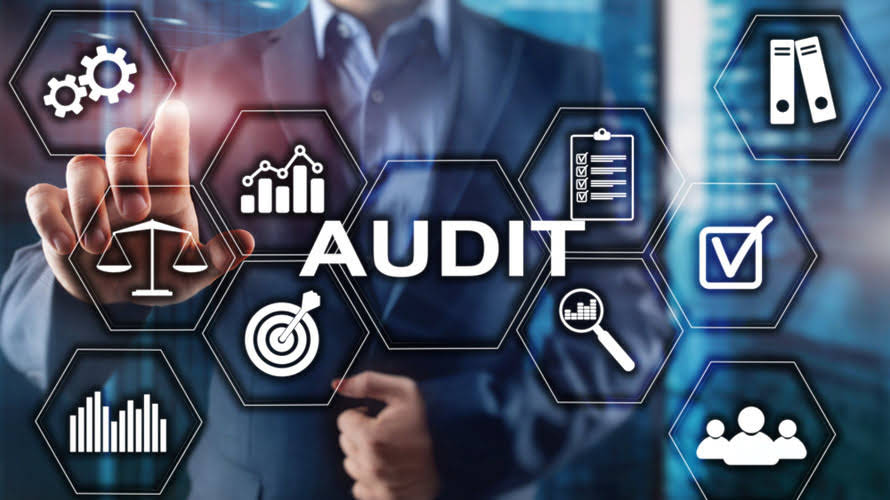
Treatment of capitalised development costs SSAP 13 requires that where development costs are recognised as an asset, they should be amortised over the periods expected to benefit from them. Amortisation should begin only once commercial production has started or when the developed product or service comes into use. accounting for research and development Many businesses in the commercial world spend vast amounts of money, on an annual basis, on the research and development of products and services. These entities do this with the intention of developing a product or service that will, in future periods, provide significant amounts of income for years to come.
However, there is an election for the R&D Credit that allows the taxpayer to claim a reduced credit in lieu of reducing their deductions. If the election was made for tax years ending prior to Jan. 1, 2022, the R&D Credit would be “taxed” at the maximum corporate tax rate for the year, which is 21% post-TCJA. However, unlike US GAAP, IFRS has broad-based guidance that requires companies to capitalize development expenditures, including internal costs, when certain criteria are met. US GAAP also has specific requirements for motion picture films, website development, cloud computing costs and software development costs. Horwitz and Normolle examined the effect that SFAS No. 2 had on small technology firms in securing R&D awards from federal agencies [1989].
R&D – DEFINITIONS
Current accounting rules for R&D costs have the same effect because intangible assets arising from research costs are expensed in the year they are incurred. As Bierman and Dukes conclude, “[t]he result of expensing R&D may distort corporate decision making and lead to faulty measurement of income and changes in income through time. Business firms do not gener-ally begin new product or process development projects until the principal technical uncertainties have been resolved” [Bierman and Dukes, 1975]. A study of 200 companies on the Fortune 500 list suggested that new ventures need, on average, eight years before they reach profitability [Biggadike, 1979].
Although this emphasis on process-applied R&D is not likely to change in the near future, Japanese firms now seem to devote about the same percentage of their R&D budget to risky long-term projects as American firms [Mansfield, 1988]. This differs significantly from the early 1970s when Japanese industrial R&D was largely characterized by low-risk and short-term projects [Peck and Tamura, 1976]. Thus, the Japanese are increasingly moving into long-term R&D as the means for creating future innovative products and securing a long-term trade advantage.
Get R&D updates in your inbox
In the sectors mentioned above, R&D shapes the corporate strategy and is how companies provide differentiated offerings. From a broad perspective, consistent R&D spending enables a company to stay ahead of the curve, while anticipating changes in customer demands or upcoming trends. Considering the growth of software across the past two decades, the number of industries prone to disruption has increased substantially, especially with the increased amount of capital available in the private markets to fund these high-growth start-ups. Experimenting (covering the current or minor ex-perimenting that is continual in most manufacturing establishments) should be charged against current op-erations each month as the money is expended and as-sessed against the lines of products affected [1924]. Gain unlimited access to more than 250 productivity Templates, CFI’s full course catalog and accredited Certification Programs, hundreds of resources, expert reviews and support, the chance to work with real-world finance and research tools, and more. Over 1.8 million professionals use CFI to learn accounting, financial analysis, modeling and more.
- In a 1984 investigation of managers’ adoptions to SFAS No. 2, Selto and Clouse also found inconclusive results in regard to the effect of the FASB mandated expensing of R&D requirement.
- Below, we analyze the practice of capitalizing R&D expenses on the balance sheet versus expensing them on the income statement.
- As with the “technologically feasible” U.S. requirement for software development costs, these distinctions are important to determine which costs are capitalized from those that are expensed.
- Software development costs and R&D costs are also somewhat similar as to uncertainty of outcomes, (risks and revenue amounts) and as to long periods of time between expenditures and sales.
- Since the terms “research” and “development” are often used inter-changeably, it is important to distinguish between the two.
- Section 280C disallows expenses for certain federal credits, including the Work Opportunity Tax Credit, the Empowerment Zone Employment Credit, the R&D Credit and others.
For the majority of SME claims, expensing R&D to the P&L is more straightforward and common practice. It is possible for intangible assets which have been capitalised to the balance sheet to be included in the claim. Where this is the case the company can make a S1308 election, which states that costs have been capitalised for accounting purposes and adjusted in the tax computation to become revenue expenses.


